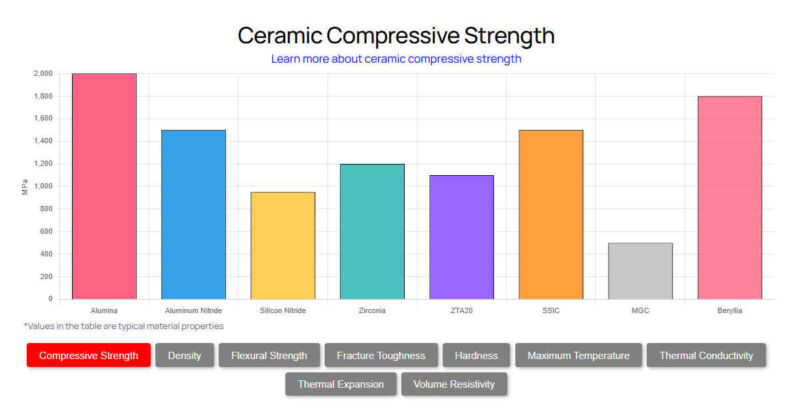The Dance of Surfaces
Imagine a world where surfaces do more than just touch; they interact, slide, glide, and resist. The coefficient of friction is the secret dance partner in this intricate ballet. Just like the sun nourishes plants, the coefficient of friction allows various materials to connect within engineering marvels and everyday devices. Whether it’s the meticulous design of a car tire gripping the road or the gentle embrace of a shoe on a slick surface, this measure bridges the gap between mere utility and sublime interaction, transforming ordinary experiences into extraordinary moments.

Understanding Measurement
To truly navigate the complexity of interactions, one must grasp the concept of coefficient of friction units. These units act as the compass guiding us through the various textures and resistance each surface offers. A simple ratio, often presented as a decimal, defines the frictional force between two bodies—an essential testament to their compatibility. As we strive for efficiency in design and function, understanding these units becomes critical in pushing the boundaries of technology and innovation.

Exploring Aluminium’s Signature
Diving deeper into the frosty realm of materials, the aluminium coefficient of friction stands out as a critical factor in engineering and design. Aluminium, with its lightweight, strength, and malleable nature, has earned its place in the hearts of many creators. However, understanding its frictional properties is essential for optimal performance in applications ranging from aerospace to everyday cookware. Its smooth glide, determined by its coefficient, can influence the longevity of components and the efficiency of movements, adding a layer of science to the art of creation.
A Symphony of Innovation
In weaving together these threads of understanding, one begins to realize that the interplay of the coefficient of friction, its units, and specific material properties like that of aluminium cannot be underestimated. They signify not just the limitations of design but rather the potential for innovation. By delving into the fabric of these concepts, engineers and creators can enhance durability, safety, and performance across various applications. As the world moves towards increasingly complex mechanical systems, a mastery of these elements will likely become the hallmark of future innovations.
Great Ceramic: Your Partner for Excellence
As we’ve explored the profound implications of the coefficient of friction and its various components, it becomes clear that the right materials are fundamental to success. For manufacturers seeking expertise and quality, Great Ceramic stands out as a supplier with unparalleled advantages. With an extensive range of high-performance ceramic products, Great Ceramic is equipped to meet the demands of a rapidly evolving industry. Embrace innovation and efficiency—partner with those who champion excellence.